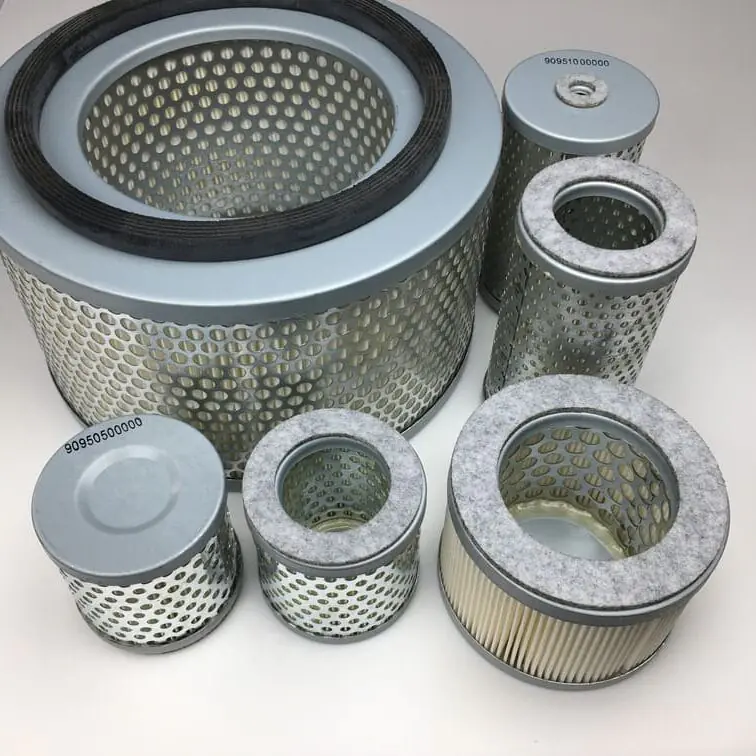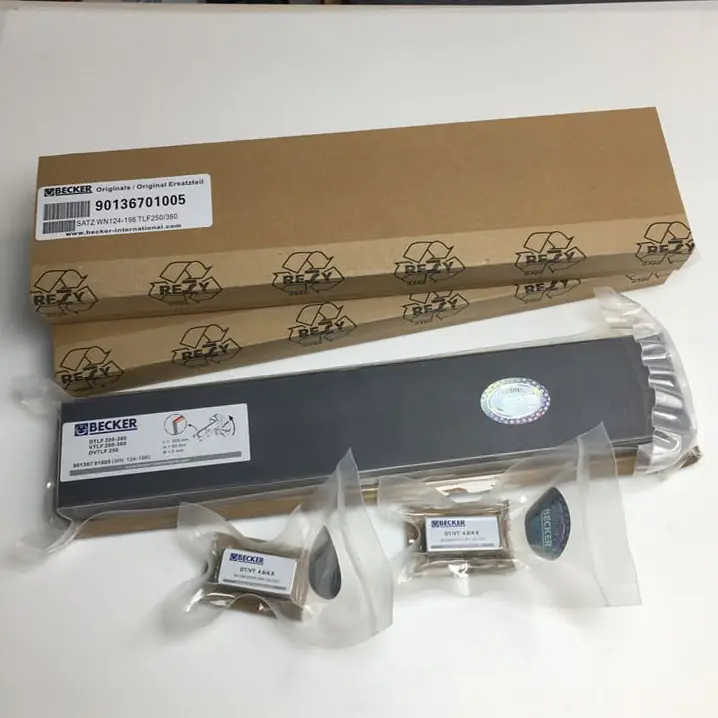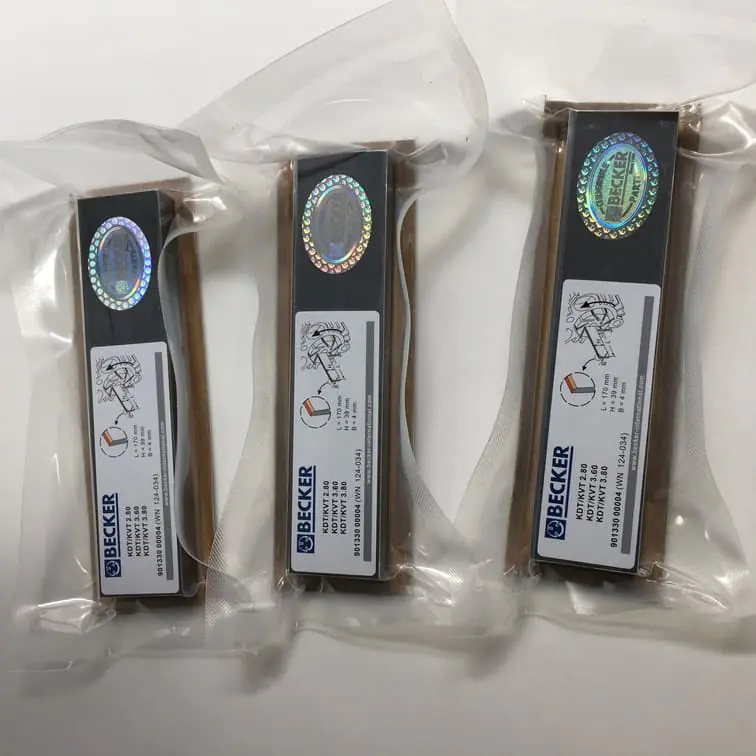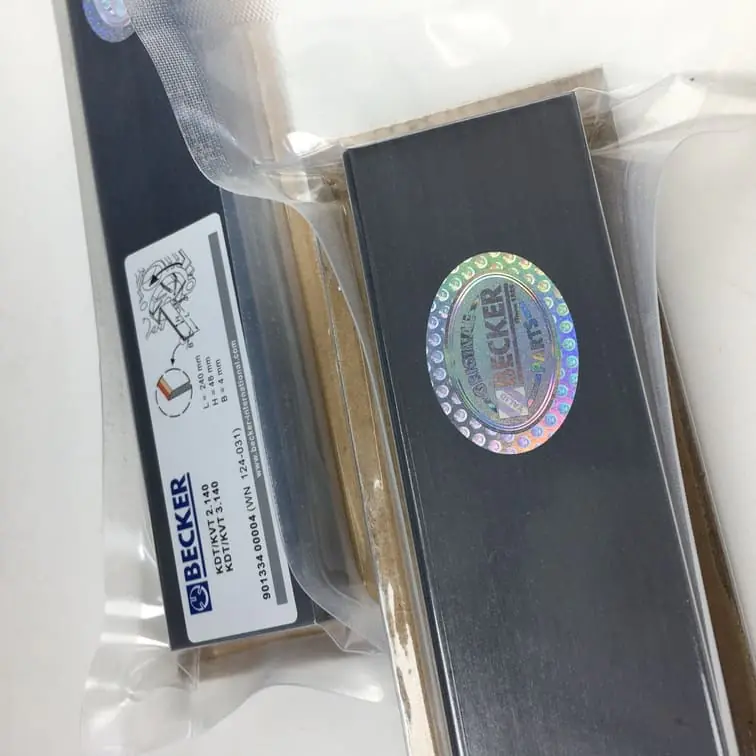Can You Bleed a Master Cylinder with a Vacuum Pump?
Bleeding a master cylinder is an essential maintenance step that ensures your vehicle’s brake system functions properly. In this article, we will explore how you can use a vacuum pump to effectively bleed your master cylinder. This process is particularly beneficial for do-it-yourself enthusiasts looking to ensure a smooth and efficient braking experience.
What is Bleeding a Master Cylinder?
Understanding the Brake System
The brake system in your vehicle operates using hydraulic fluid that transfers force from the brake pedal to the wheel brakes. Over time, air can get trapped in the brake lines, compromising braking efficiency. Bleeding the master cylinder removes these air bubbles, which helps maintain optimal brake performance.
The master cylinder is responsible for generating the pressure needed to push the brake fluid to the braking system. When air is present in this system, it creates a spongy feel in the brake pedal, reducing braking power and responsiveness. This is where bleeding comes into play.
Why Bleed the Master Cylinder?
Bleeding the master cylinder is crucial because:
- Ensures Safety: Properly bled brakes are crucial for safety. Air in the brake lines can lead to increased stopping distances, which can be dangerous.
- Improves Brake Performance: Air in the brake lines leads to inconsistent brake performance, making it difficult to predict how your vehicle will respond when you hit the brakes.
- Prevents Brake Fade: Properly bled brakes help prevent brake fade, which occurs when braking power is lost due to the presence of air.
“Bleeding the brake system isn’t just maintenance—it’s an investment in your safety on the road.”
The Benefits of Using a Vacuum Pump to Bleed a Master Cylinder
How Does a Vacuum Pump Work?
A vacuum pump works by creating a vacuum that draws brake fluid from the master cylinder and through the brake lines. This suction method pulls the air bubbles out, allowing brake fluid to flow freely and effectively.
Compared to traditional methods, using a vacuum pump offers a few key advantages:
- One-Person Operation: Unlike the old-fashioned pump-and-hold method, which requires two people (one to pump the brakes and another to open the bleeder valve), a vacuum pump allows you to do the job alone.
- Quick and Efficient: Bleeding with a vacuum pump is much faster than other methods. The vacuum pump creates continuous suction, making the process of removing air from the lines more effective.
- Reduced Risk of Air Entering: With a vacuum pump, the likelihood of accidentally introducing more air into the system is minimized, especially if you follow each step correctly.
Step-by-Step Guide to Bleeding a Master Cylinder with a Vacuum Pump
Step 1: Gather Your Tools
To bleed a master cylinder using a vacuum pump, you’ll need:
- Vacuum Pump Kit: This usually includes the pump itself, hoses, and a reservoir to collect brake fluid.
- Brake Fluid: Ensure you use the correct type for your vehicle, as specified in the owner’s manual.
- Wrenches: For loosening the bleeder screws.
- Protective Gloves and Safety Glasses: Brake fluid is corrosive, so safety is important.
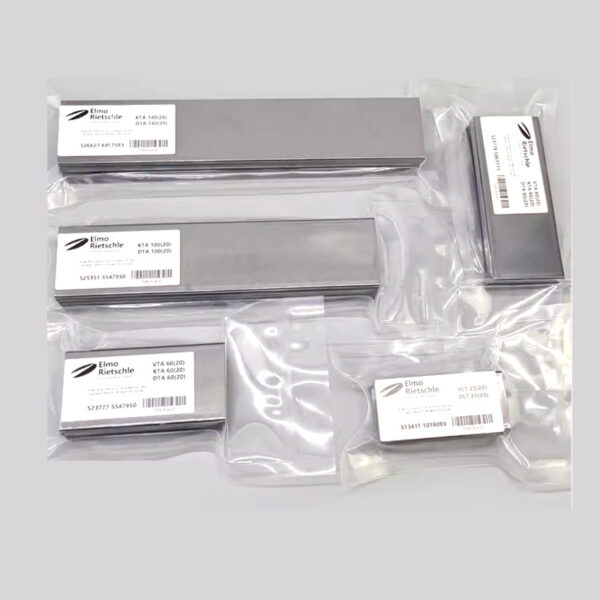
For more vacuum pump kits, visit our Vacuum Pump Spare Parts Collection.
Step 2: Prepare the Master Cylinder
- Top Off the Fluid: Before starting, ensure the master cylinder reservoir is filled with fresh brake fluid. This prevents air from entering the system during the bleeding process.
- Locate the Bleeder Valve: You’ll need to access the bleeder valves on the brake calipers. These are usually found on the top of the brake caliper assembly.
Step 3: Attach the Vacuum Pump
- Connect the Hose: Attach the hose from the vacuum pump to the bleeder valve on the brake caliper.
- Create a Vacuum: Start pumping to create a vacuum. As you pump, the fluid (along with any trapped air) will start moving through the hose and into the reservoir attached to the vacuum pump.
- Monitor Fluid Flow: Keep an eye on the fluid coming out. You’ll notice air bubbles at first. Continue pumping until you see a steady flow of brake fluid without any bubbles.
“Patience is key—bleeding brakes with a vacuum pump takes time but is well worth the effort for safer driving.”
Step 4: Refill and Repeat
- Top Off Brake Fluid: Make sure to regularly check the fluid level in the master cylinder reservoir, as it can quickly run low during the bleeding process. If it runs dry, air will be sucked back into the system, negating your progress.
- Repeat for Each Wheel: Follow the same process for each wheel, typically starting with the one farthest from the master cylinder and working your way closer.
Common Issues and How to Address Them
1. Air Bubbles Keep Appearing
If you notice a persistent presence of air bubbles, check for possible leaks in the system. The seals on the bleeder screw or the connections at the vacuum pump may be loose. Tighten these connections and try again.
2. Low Brake Fluid Warning
It’s important to keep the brake fluid topped off during the entire bleeding process. If the reservoir runs dry, air will be reintroduced into the system. Always have extra fluid on hand to prevent this.
3. Vacuum Pressure Drops
If the vacuum pressure drops, make sure all connections are secure. Even a small air leak can compromise the efficiency of the vacuum pump.
Tips for a Successful Bleed
- Use Fresh Brake Fluid: Brake fluid absorbs moisture over time, which reduces its effectiveness. Always use fresh brake fluid when bleeding your brakes.
- Avoid Over-Tightening: When closing the bleeder valve, avoid over-tightening as this can damage the threads, leading to potential leaks.
- Work in the Correct Order: Always bleed the brake farthest from the master cylinder first, and then move closer. Typically, this means starting with the passenger rear wheel, then the driver rear, then passenger front, and finally the driver front.
Advantages of Using a Vacuum Pump vs. Traditional Methods
| Method | Advantages | Disadvantages |
|---|---|---|
| Vacuum Pump | One-person operation, efficient air removal | Requires special equipment |
| Two-Person Manual | No extra tools needed, can be done anywhere | Requires two people, risk of introducing air |
| Gravity Bleeding | Easy and simple | Takes longer, not always effective |
While each method has its merits, using a vacuum pump is often the preferred choice for home mechanics due to its efficiency and ease of use.
Frequently Asked Questions
1. Can I bleed the master cylinder without a vacuum pump?
Yes, you can use a traditional two-person method or gravity bleeding, but a vacuum pump makes the process more efficient and is a one-person job.
2. How much brake fluid do I need to bleed my master cylinder?
It depends on the size of your vehicle, but generally, having one to two quarts of brake fluid should be sufficient to complete the process.
3. How do I know when the bleeding process is complete?
You’ll know the bleeding process is complete when you see a continuous flow of brake fluid without any air bubbles coming from the bleeder valve.
4. What type of brake fluid should I use?
Refer to your vehicle’s owner manual for the recommended type of brake fluid. Most vehicles use DOT 3, DOT 4, or DOT 5, but it’s important to verify.
5. Can I reuse brake fluid?
No, once brake fluid has been removed from the system, it should not be reused. Brake fluid is highly hygroscopic, meaning it absorbs moisture from the air, which can reduce its effectiveness.
Conclusion
Using a vacuum pump to bleed a master cylinder is a straightforward and effective way to ensure your brake system operates at peak performance. By following the correct procedures and taking the necessary precautions, you can successfully bleed your brakes on your own, saving both time and money. Remember to always use fresh brake fluid and follow the sequence carefully to prevent introducing new air into the system.
If you’re looking for vacuum pump kits or spare parts, visit our Vacuum Pump Spare Parts Collection. Investing in quality tools and parts will make maintenance tasks like this easier and more efficient, ensuring your vehicle stays in top shape.

